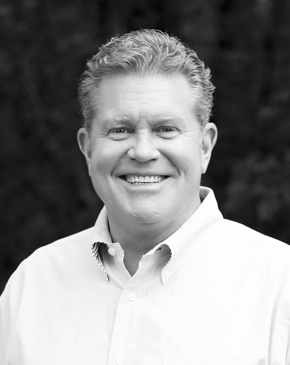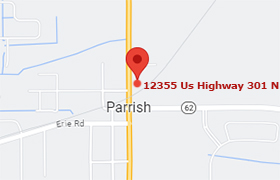American Board of Orthodontics Doctor Certification
The American Board of Orthodontics (ABO) was founded in 1929. It is the oldest and most prestigious specialty board in dentistry. The ABO’s aim is to elevate the standards of the practice of orthodontia, to familiarize the public with its aim and ideals, and to protect the public against irresponsible and unqualified practitioners.
The board upholds four main objectives supported by its mission:
- To evaluate the knowledge and clinical skills of graduates of accredited orthodontic programs by conducting exams and conferring time-limited certificates
- To re-evaluate clinical knowledge and skills through administration of recertification exams throughout a Diplomate’s career
- To support the development of quality graduate, postgraduate, and continuing education programs in orthodontics
- To promote and encourage certification expertise throughout the world
Becoming Board Certified
To become board certified, an orthodontist has to pass a rigorous set of written and clinical examinations, as well as a comprehensive review of his or her credentials. The initial process of becoming board certified can take anywhere from five to ten years. Once certified, the orthodontist must become recertified every ten years to maintain board-certified status.
What does it mean to be board certified?
A board-certified orthodontist, also known as a Diplomate of the American Board of Orthodontics, has been voluntarily examined by his or her peers on the basis of knowledge and clinical skills. Becoming board certified signifies the orthodontist’s pursuit of continued proficiency and excellence in orthodontics.
Dr. William Thompson’s ABO Legacy
In 1960, when Dr. William Thompson started his practice in Bradenton, he was the first orthodontist in Manatee County. In 1985, he was pleased and proud to accept his son, Dr. Jeff Thompson, into his busy practice, and he worked with his son until his retirement in 2002.
Bill Thompson made tremendous contributions to our specialty during his very active professional life. He was a director and president of the American Board of Orthodontics (ABO) and served on the committee that started the College of Diplomates of the ABO. He continued this tireless and unselfish work with AAO leaders and his fellow ABO directors in the 1980s and early 1990s to ensure that the AAO’s House of Delegates system functioned as it should. He played a significant role in the creation of the transparent method by which the ABO’s directors are now selected.
The years of effort he devoted to these endeavors are his legacy: He helped to make our specialty organization and its certifying body more democratic.








